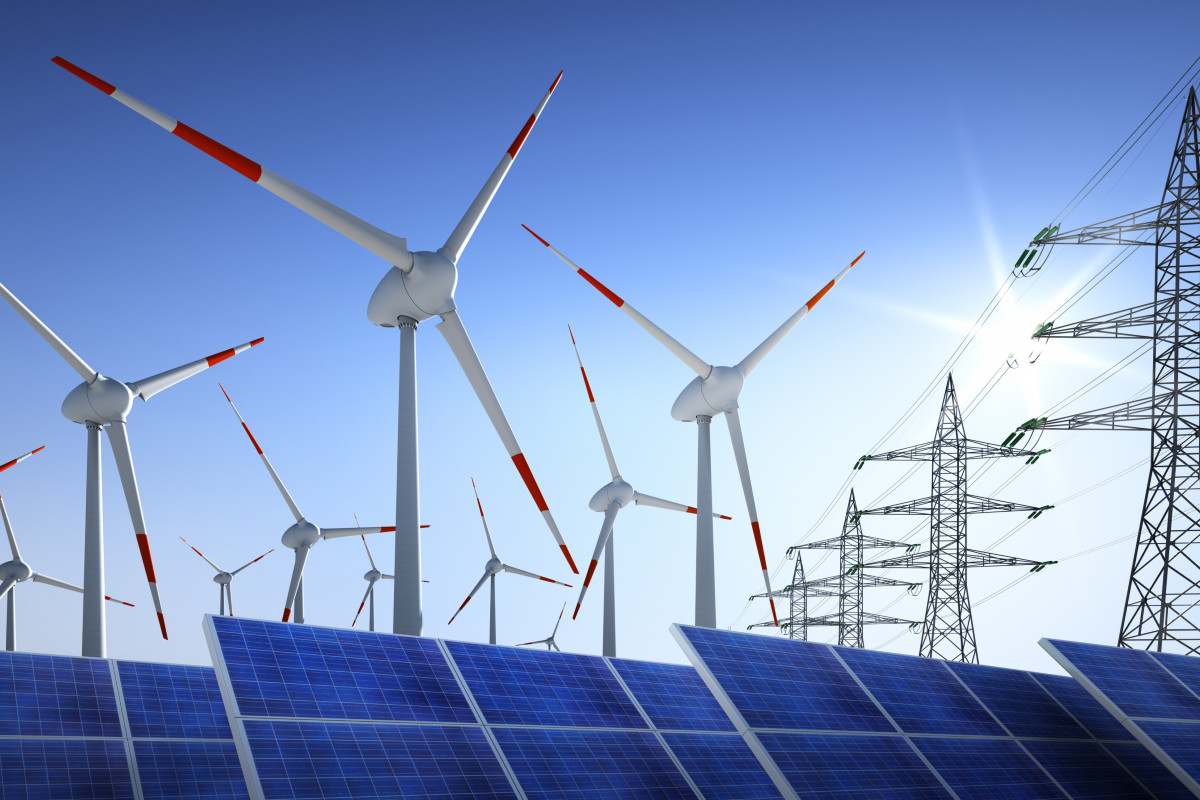McKinsey & Company has launched its tenth annual Global Energy Perspective, warning that the world may be edging towards a slower energy transition as governments prioritise affordability and security amid geopolitical uncertainty.
The report models energy demand and supply to 2050 across fuel types and regions, setting out three scenarios for a lower-carbon system: ‘Slow Evolution’, ‘Continued Momentum’, and ‘Sustainable Transformation’.
The key findings of the report include:
- Clean, firm power grows: Geothermal, hydropower and nuclear expand at around 3% per year through 2050 in the Continued Momentum scenario.
- Hydrogen adoption lags without mandates: Clean hydrogen is not yet cost-competitive at scale, so plays a limited role across scenarios, with no certainty around completion of clean-hydrogen projects in the next 10 years.
- Fossil fuels persist: Oil, gas and coal collectively retain roughly 41–55% of global energy consumption by 2050, depending on the pathway.
- Low-carbon power scales: In most regions, low-carbon sources could provide more than 65% of electricity generation by 2050 in a ‘Continued Momentum’ case.
- Power demand surges: Electrification lifts global electricity use, with data centres contributing a fast-rising share in the near term (average 17% global growth per year between 2022 and 2030, especially in OECD countries).
- System-wide optimisation matters: The final 5% decarbonisation of the power sector could cost $90–170 per metric tonne of CO₂, compared to about $20 per tonne to deliver 45–70% decarbonisation.
Diego Hernandez Diaz, Partner at McKinsey, reflected on the findings, noting, “Ten years on from the inaugural Global Energy Perspective, our view of the energy transition has matured. The transition is no less urgent, but the pathways to closing the gap to Paris Agreement targets are now more complex.
“The current and evolving affordability challenge means that some alternative energy sources may not be competitive with traditional fuels in the near term, but a local or regional pathway made up of a mix of emerging technologies and ‘triple win’ technologies—those that provide affordable, low-carbon, and secure energy simultaneously – may allow for an economically pragmatic transition.”
The analysis underscores that there is no single, global route to decarbonisation. Instead, countries and regions are likely to follow distinct trajectories shaped by local economics, resource endowments and sectoral realities. That divergence complicates planning for investors and policymakers, but it may also allow pragmatic sequencing where ‘clean, firm’ assets and storage backstop variable renewables while costs continue to fall.
Humayun Tai, Senior Partner at McKinsey, added, “Looking ahead, global energy demand is expected to rise as access to energy expands. The challenge for the industry and policymakers will be to ensure the energy system is affordable, reliable, and resilient to price spikes, outages, and geopolitical instability while expanding to meet new demand centers. The journey toward decarbonisation remains long, but there is still considerable opportunity for energy stakeholders to act now and get back on track.”

